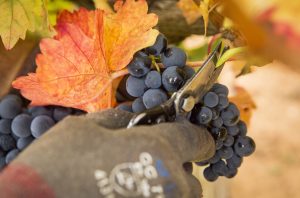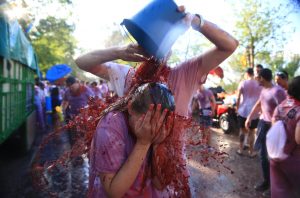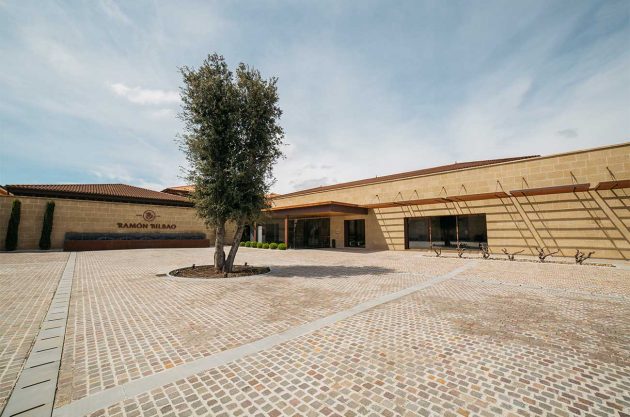1. The region
First up, there is a difference between ‘La Rioja’ and ‘Rioja’. The former is the name of the state region, and the latter is the name of the wine region – or the ‘Qualified Designation of Origin Rioja’ (DOCa Rioja). The designation of origin is divided into three sub-regions: Rioja Alta, Rioja Oriental (known as Rioja Baja until 2018) and Rioja Alavesa.
2. Classifications
Rioja wines are traditionally classified by months of ageing, from Generic to Crianza, Reserva and Gran Reserva. Any wines that don’t follow the traditional, minimum times in oak or bottle ageing will get an inferior label. That’s why you can sometimes find a super premium wine labelled ‘Generic’ – so don’t be fooled by the label.
3. New GIs
From 2017, new Geographical Indications have joined, with a focus on a specific origin or terroir. The goal is to add value to a unique origin, to recognise diversity and to continue setting strict requirements to assure the quality of the wines. The new GIs are Viñedo Singular, Vino de Municipio and Vino de Zona.

4. Grape varieties
Rioja currently authorises five different red grape varieties including Tempranillo, and up to nine white varieties. Viura is the main – and indigenous – white variety.
5. Tempranillo
Tempranillo is the Queen of Hearts in Rioja. ‘Temprano’ literally means ‘early’ in Spanish and Tempranillo is an early ripening grape. It is also pretty resistant to diseases. Not only that, its rich character and scope for long ageing makes Tempranillo the perfect grape for Rioja.
6. Dine on vines
One of the typical dishes of the La Rioja region is cooked using vine shoots – and it’s delicious. Chuletillas al sarmiento means ‘cutlets with vine shoots’ and it typically involves grilling lamb cutlets over vine shoots.

7. Rio Oja
The name Rioja comes from the Rio Oja (Oja River) which flows into the Ebro, the main river that flows from the west to the east of the region.
8. Cultural heritage
The pilgrimage to World Heritage site Santiago de Compostela crosses La Rioja, via the Jacobean route. You can also visit two of the best examples of monasteries in Spain, in La Rioja: San Millán de Suso (6th century) and San Millán de Yuso (11th century).

9. Battle of Wine celebrations
Each year on 29 June, the Batalla del Vino (Battle of Wine) takes place in Rioja Alta’s capital, Haro. This is a fun, crazy celebration where it is absolutely impossible to keep your clothes dry (or not red) – not even for a minute. Participating local bodegas range from tiny, traditional cellars to major commercial producers.
10. Electricity
Haro, along with Jerez de La Frontera (Cádiz), was the first Spanish city to have electric lighting. At night, in around 1890, if you were in the north of the peninsula and saw a set of lights, you knew you were in Haro. And of course, electricity was important to the development of the wine business in Rioja.

Bodegas Ramón Bilbao is one of the most prestigious wine brands in Spain and a key reference in Rioja winemaking. Located in the heart of Rioja Alta, Haro, Ramón Bilbao believes in an unconventional spirit, which brings innovation through a unique personal view of the terroir, setting the trend by producing singular wines which are also profoundly in touch with their environment.
To find out more about Rioja and other Spanish regions and their wines, read more articles from Bodegas Ramón Bilbao and The Spanish Wine Academy.






